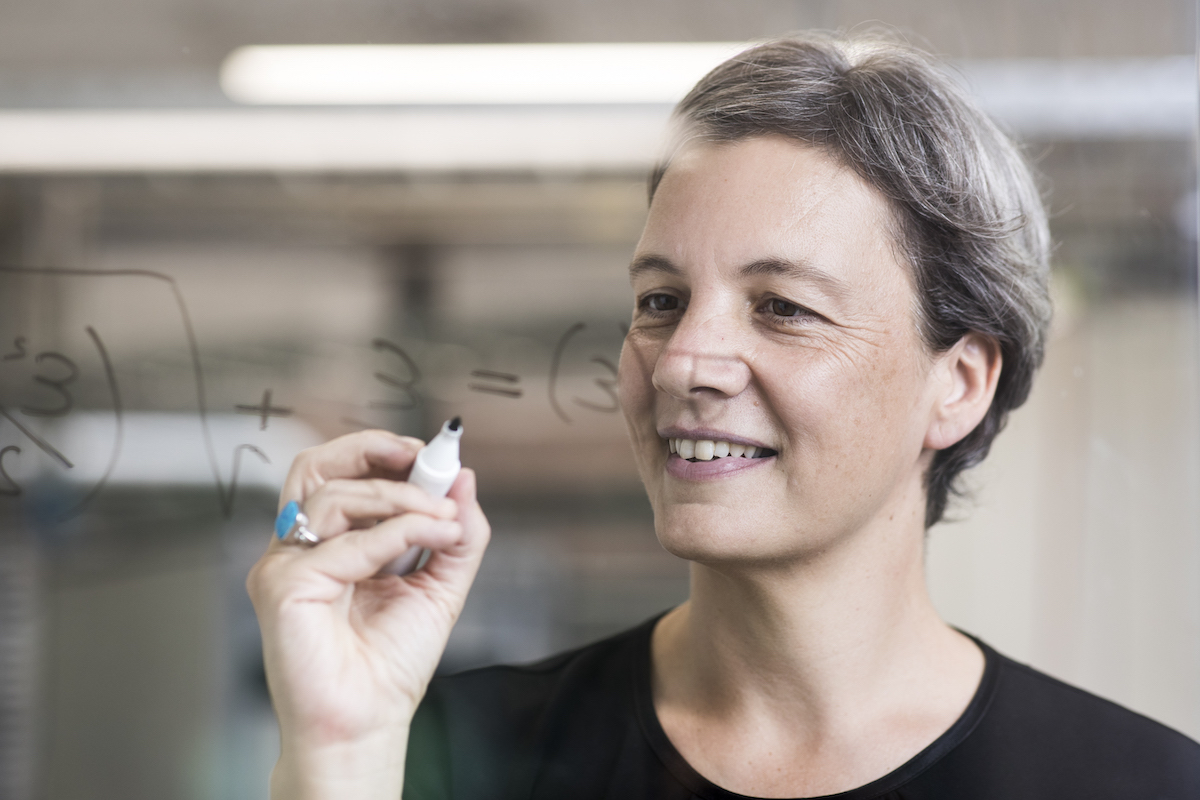Michelle Simmons has won accolades for her groundbreaking work in quantum computing. Now, she is determined to use her profile to spread the word about the thriving high-tech scientific research sector in Australia, which remains largely an untold story.
“What I do feel very passionate about, and I constantly see this because I’m lucky enough to get to travel around Australia, are the research centres we have,” Simmons told The CEO Magazine.
She nominates facilities such as the Australian Institute for Bioengineering and Nanotechnology and the Australian Research Council Centre of Excellence for Gravitational Wave Discovery as examples of cutting-edge facilities for scientific research.
“When we go overseas and talk at conferences, everybody knows the Australian teams. They’re attracting the best people from all over the world.
“When we go overseas and talk at conferences, everybody knows the Australian teams.”
“I guess my frustration is that, internationally, people know how good we are, but people don’t recognise that we have world-leading centres right here.
“For young people coming through, there are a lot of people from the rest of the world who want to come here. We’re constantly getting people saying: ‘This is the quantum capital of the world. This is where it’s happening.’ Yet, the stories you tend to read are the more negative stories.”
The new space race
Simmons’ work has focused on quantum computing. Unlike existing computers, which run on binary logic where bits must be 0 or 1, a quantum computer could operate on quantum bits (or ‘qubits’) which can be 0 or 1 or a quantum superposition of the two digits. This opens up new possibilities for far more complex and high-speed problem solving.
Last year, she established Silicon Quantum Computing, Australia’s first quantum computing company. It aims to build and commercialise a quantum computer and has set itself the ambitious goal of developing a 10-qubit prototype developed by 2022.

She has referred to the international movement to build quantum computers as “the space race of the computing era” and believes it is a race Australia is well-placed to win.
Simmons says the possibilities for job creation in the quantum computing field are immense. “When you look at full-scale quantum computing, all the way from the fabrication and engineering and design to the mapping, then the hardware, interface and algorithms, there’s a huge number of jobs in that.
Silicon Quantum Computing alone is currently recruiting more than 40 engineers, researchers and technicians for its Sydney headquarters.
“We could easily double the number of people that we have here and fill up their time very easily. We will continue to look internationally. There are a lot of jobs being predicted in the quantum information space in general.”
The Australian advantage
As Australia continues to develop its high-tech industries, Simmons believes that scientists have a duty to communicate the value of their work to a broader audience, even when this is challenging.
“Quantum is a fairly complex field, but our goal is to continually try to explain why it’s relevant. If you can simplify it and explain it to others, people will understand why we’re doing it.
“I think this is true all the way through to school children. If they’re doing something and they don’t understand why it is being used, it’s much harder for them to keep it in their heads, but if they understand that it leads to something else and why it is important, I think that is very valuable.”
Simmons also believes the Australian attitude of treating authority with suspicion gives it a genuine competitive advantage in this field.
“Australians are very good at not just taking for granted that this is the way the world is. We’re constantly challenging what is real and not accepting that the world today is not the world forevermore. That’s a very positive thing for a scientist to have.”







